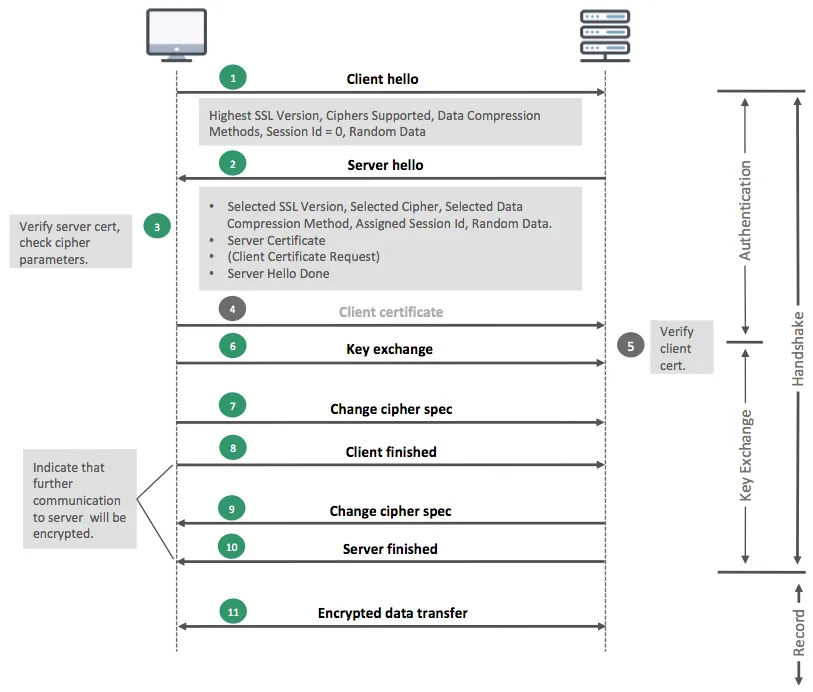What is HTTP SSL/TLS

Understanding HTTP and SSL/TLS
Introduction
In the world of web development, understanding HTTP and SSL/TLS is crucial. HTTP, or Hypertext Transfer Protocol, is the foundation of data communication on the web. SSL/TLS, or Secure Socket Layer/Transport Layer Security, is the protocol used to secure the communication between web servers and clients. In this blog post, we will take a closer look at these two protocols and explore their importance in web development.
HTTP: The Foundation of Web Communication
HTTP is a protocol that enables communication between web servers and clients. It is a request-response protocol, which means that a client sends a request to the server, and the server responds with the requested data. HTTP uses a series of methods, such as GET, POST, PUT, and DELETE, to facilitate this communication. GET is used to retrieve data from the server, while POST is used to send data to the server. PUT and DELETE are used to update and delete data on the server, respectively.
HTTP is a stateless protocol, which means that each request is independent of the previous request. This can be problematic when dealing with web applications that require user sessions and data persistence. To address this, developers use cookies and session tokens to maintain state between requests.
SSL/TLS: Securing Web Communication
While HTTP provides a foundation for web communication, it is not secure. Data transmitted over HTTP can be intercepted and read by anyone with access to the network. This is where SSL/TLS comes in. SSL/TLS is a protocol that encrypts data transmitted between the web server and client, ensuring that it cannot be intercepted or read by third parties.
SSL/TLS uses a combination of symmetric and asymmetric encryption to secure the communication. When a client connects to a web server using SSL/TLS, the server sends its public key to the client. The client then uses this public key to encrypt a symmetric key, which it sends back to the server. The server decrypts the symmetric key using its private key and uses it to encrypt and decrypt data transmitted between the client and server.
Conclusion
In conclusion, HTTP and SSL/TLS are two protocols that are critical to web development. HTTP provides the foundation for web communication, while SSL/TLS ensures that this communication is secure. As a web developer, it is essential to understand these protocols and how they work. By doing so, you can build web applications that are both functional and secure.